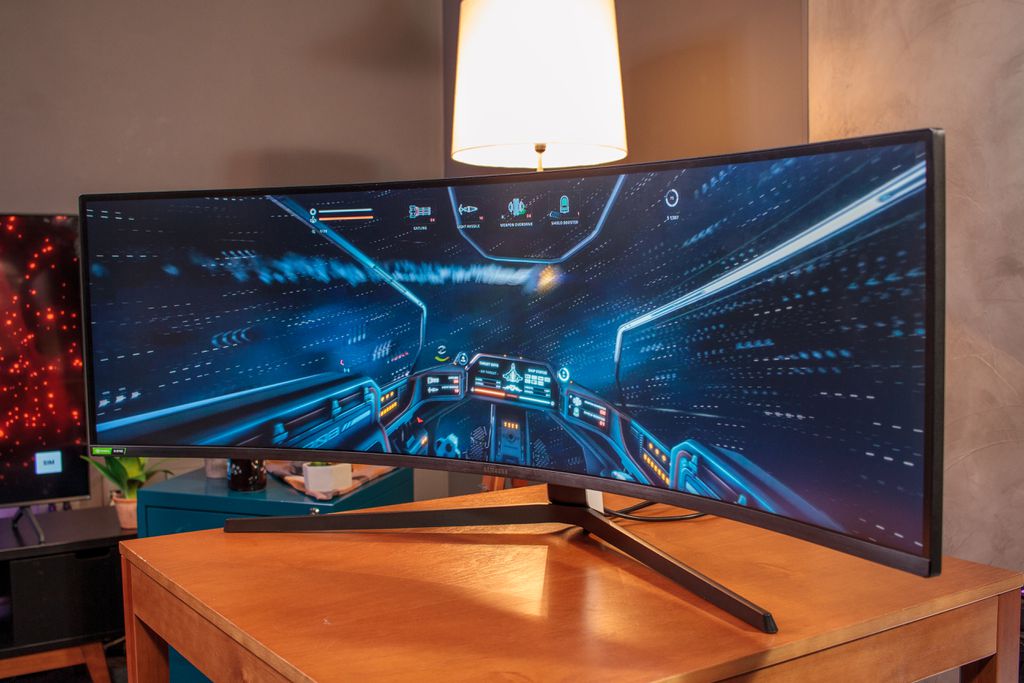

We tested the first IPS technology panel with 240Hz back in November 2019 in the form of the Acer Nitro XV273 X and were very impressed by its performance. Our high refresh rate monitor and panel roadmap article talks more about all the high refresh rate options. It is only recently that other panel technologies have been pushed up to 240Hz, which is likely due to their underlying slower pixel response times and the need to improve things quite significantly if they are to keep up. Weve tested quite a few 240Hz TN Film models over the last few years, most recently the AOC AGON AG273QZ which was the first wed tested with 240Hz and 1440p resolution, and the Acer Nitro XF252Q which is a 24.5″ sized model which had impressed us with its fast response times and excellent motion clarity. In the past 240Hz native refresh rates had been restricted to the fastest TN Film panel technology. This may arise from the improved frame rate support, additional benefits from the higher refresh rate for eye tracking of content, and also sometimes because of the way that the pixel response times improve. There is a smaller, but still noticeable benefit in some situations when increasing refresh rate higher to 240Hz. There is a major improvement in motion clarity and performance when jumping from 60Hz to 120/144Hz. Refresh rate has a direct impact on perceived motion clarity for fast moving content and gaming, due to the way that LCD monitors operate. We also see some screens with higher refresh rates than that, all the way up to a native 240Hz being increasingly common nowadays and occasionally beyond. 144Hz has rapidly become the norm for gaming displays as some 2019 market analysis revealed. Long gone are the days of LCD monitors being limited to only 60Hz input, and we now see a wide range of models from many different manufacturers offering 120Hz+ refresh rates today. Maybe it's an overheating issue, I don't know.Over the years we have seen a major investment in the gaming monitor market with one of the most significant improvements being the support for higher refresh rates. Maybe it's just a loss of the video signal, the way the cables are designed to go through the tiny hole in the plate covering the IO isn't very good. I'm not quite sure what's going on as it seems to come in waves then stop for quite a few hours. Earlier today the same thing happened while on youtube a few times.

Later on yesterday I went back to Minecraft where the issue came back, occurring around 6-7 times with short intervals then it stopped. I continued playing Minecraft then went to csgo for a few hours and everything was fine. That time I found that if I held the power button on the bottom of the monitor for 5-6 seconds it eventually got the image back (it is still on because you can see from side angles it looks blueish and after holding the power button for a bit it goes to a deeper shade of black before switching back on again).Īfter the second time, the same issue persisted and occurred around 10 times with 1 minute intervals then stopped. Then the same happened around 20 minutes later, I was also on Minecraft then.
SAMSUNG ODYSSEY G5 VS SAMSUNG ODYSSEY G7 WINDOWS
The on-screen display would not show up and windows display settings didn't help so my solution was to restart my pc.


The first time this happened I was playing Minecraft. I have had this monitor for 4 days and from yesterday every now and then the screen will go black.


 0 kommentar(er)
0 kommentar(er)
